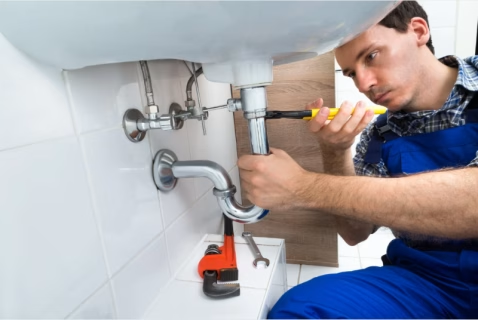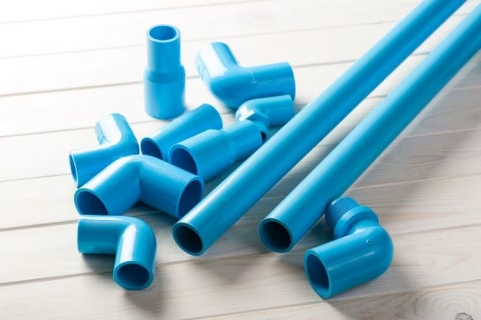When it comes to repairing the water supply system in a house, homeowners first start worrying about the cost, and rightly so. Saving money can lead to big problems in the future, so good PVC pipes and an experienced craftsman are essential if you want a good system that won’t cause you any trouble for the next 30 years.
Craftsmen often choose PVC pipes at Pireys. They offer quality plumbing pipes and fittings with flexible delivery and good pricing, you can also get professional advice. They are easier to install and do not corrode. But it is important to understand that they differ in class and size and are designed for different tasks. If you plan to buy pipes yourself, please read the information below.
Types of PVC Pipes
Before you begin, get to know the main types of PVC pipes. Each is designed for specific tasks, and choosing the wrong one could lead to leaks or system failures.
- Schedule 40 PVC: This is the go-to for most home projects. It’s white, thin-walled, and perfect for low-pressure tasks like drains or vents. It’s budget-friendly and great for things like sprinklers or basic indoor plumbing.
- Schedule 80 PVC: Thicker and often gray, this type is built for higher pressure or tough conditions, like main water lines or outdoor setups. It’s pricier but more durable.
- CPVC (Chlorinated PVC): Need hot water? CPVC handles temperatures up to 200°F, making it ideal for hot water lines. It’s usually cream-colored and needs special glue.
- ABS (Acrylonitrile Butadiene Styrene): Not true PVC but used for drains. It’s black, flexible, and tough, but check local codes, as some areas don’t allow it.
Quick tip: Regular PVC isn’t for hot water, so always check the pipe’s markings for temperature and pressure limits.
Things to Keep in Mind
Choosing the right PVC pipe isn’t about grabbing the first one you see. Think about what you’re using it for – drinking water, drainage, or irrigation? For drinking water, pick NSF-certified pipes to avoid chemical issues. Drainage pipes can be simpler but must meet local codes.
Consider the pressure and heat the pipes will face. Most homes have 40–80 PSI water pressure, so Schedule 40 works for cold water, but for hotter or high-pressure lines, go with Schedule 80 or CPVC. Also, think about where the pipes will be. Sunlight can weaken PVC, so you might need a protective coating. Underground pipes could face soil or chemical challenges. Decide if you need rigid or flexible pipes for tricky spots.
PVC is cheaper than copper, but it may be that copper is the best option in your case. You can invite a plumber to consult and inspect the system, or contact your nearest specialist store. When a store specializes in pipes, there is always someone there who has experience in installation. Don’t forget to specify the required number of fittings and their sizes. This will depend on the water supply design, which must be done in advance to calculate the required length of pipes and set of fittings.
Getting the Right Size
Pipe sizing matters – too small, and you’ll get clogs; too big, and you’re overspending. PVC pipes are labeled by their “nominal” size, roughly the inside diameter. Common sizes include 1/2-inch for sinks, 3/4-inch for main lines, and up to 4-inch for drains. Match the size to the fixture’s needs – a toilet might need a 1-inch line, a sink 1/2-inch. If unsure, check flow charts or ask a plumber. Ensure fittings like elbows or tees match the pipe’s size and schedule for a leak-free fit.
Mistakes to Avoid
Even professionals sometimes make mistakes, so don’t hesitate to double-check everything. The main thing is not to use PVC for gas pipes: it is simply not designed for this purpose. And don’t mix it with other materials without special adapters – otherwise, leaks are guaranteed.
Pay attention to pipe markings: size, certifications, and intended use are all really important. And be sure to use primer before gluing so that the joints hold tightly and last a long time.
The choice of pipes depends on the project, the size of your home, the requirements for water supply points, and many other factors. It is better to have an experienced plumber accompany you, even if you are confident that you can handle it yourself. Any mistake here could jeopardize your renovation, so seek help from those who have already dealt with projects similar to yours in practice.



